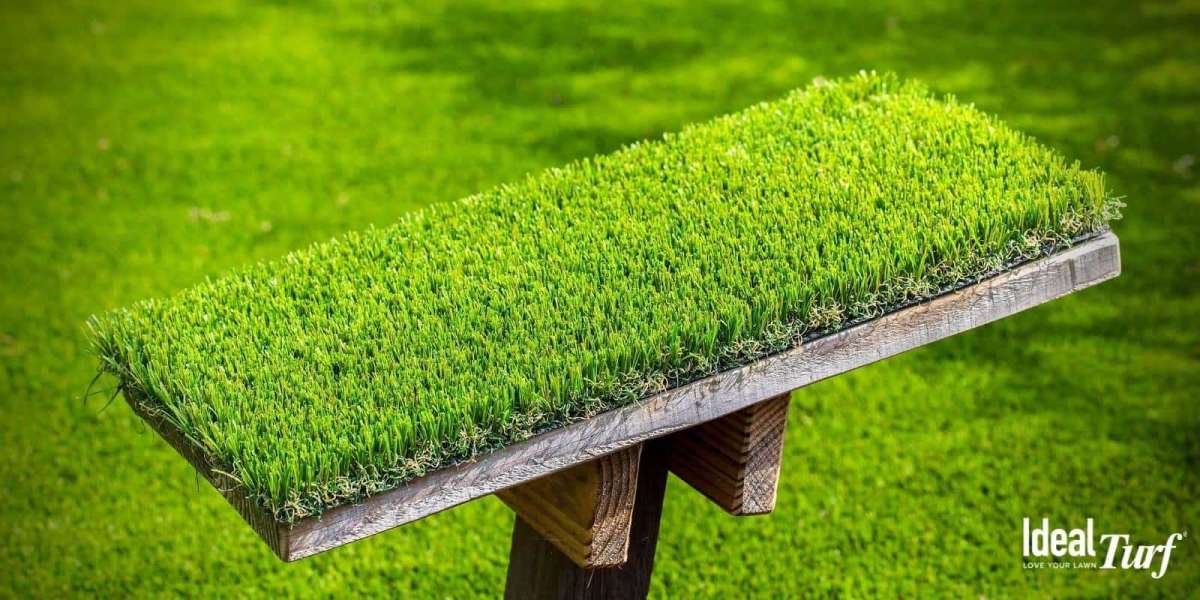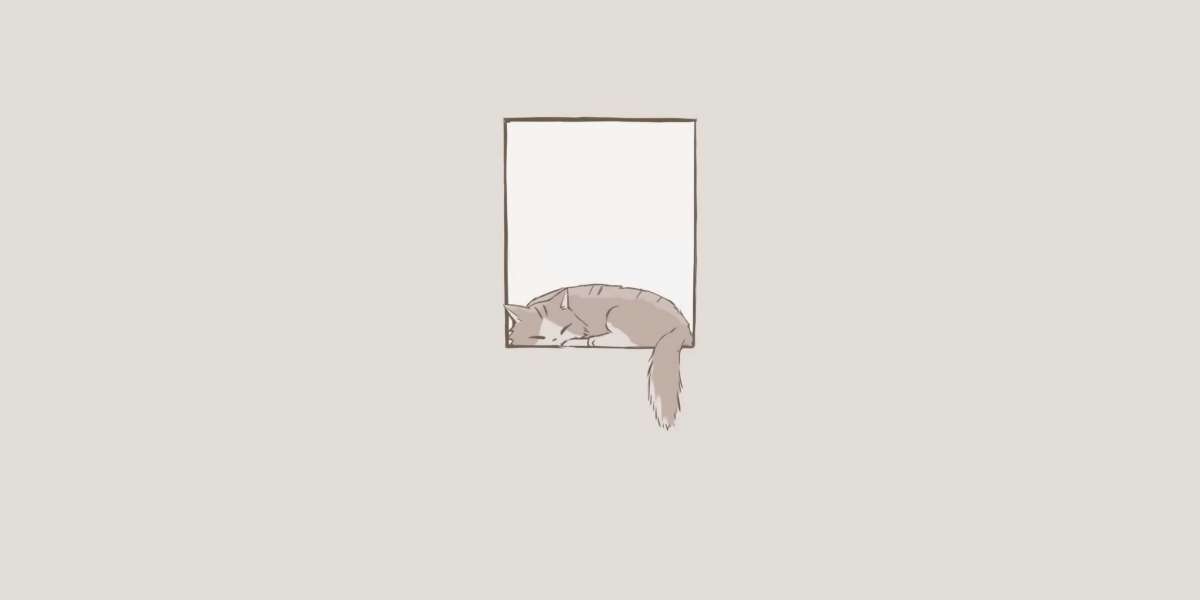Artificial turf has rapidly become a popular alternative to natural grass for residential, commercial, and sports applications. Whether used for lawns, playgrounds, or sports fields, artificial turf offers numerous benefits, including low Artificial Turf , durability, and aesthetic appeal. In this comprehensive guide, we’ll explore everything you need to know about artificial turf, from its history and types to installation, maintenance, and environmental impact.
History of Artificial Turf
Early Development
The concept of artificial turf was first introduced in the 1960s, primarily for sports fields. The first major installation occurred in 1966 at the Houston Astrodome, where natural grass struggled to grow indoors. This initial synthetic grass, known as marked the beginning of a widespread trend in sports stadiums, especially in regions where maintaining natural grass was difficult due to climate conditions.
Evolution Over Time
Since the 1960s, artificial turf technology has evolved significantly. Early versions were often criticized for their rough texture and unrealistic appearance. However, modern advancements have made artificial turf softer, more durable, and more lifelike, making it a viable option for not only sports fields but also residential lawns, commercial landscaping, and playgrounds.
Types of Artificial Turf
Artificial turf comes in several different varieties, each designed for specific applications. The choice of turf depends on factors such as the intended use, the look you desire, and your budget.
1. Nylon Turf
Nylon turf is the most durable type of artificial grass. It can withstand high temperatures and heavy foot traffic without losing its shape or appearance. Due to its strength, it is often used for athletic fields, playgrounds, or other high-traffic areas. However, nylon turf is more expensive than other types, and its stiff texture may not be ideal for residential lawns.
2. Polyethylene Turf
Polyethylene is the most popular choice for residential lawns and landscapes. It is softer and more lifelike than nylon, making it a comfortable surface for pets and children to play on. Polyethylene turf also has a natural color and texture, closely mimicking the appearance of real grass. It is UV-resistant, ensuring that it won’t fade over time when exposed to sunlight.
3. Polypropylene Turf
Polypropylene turf is the least expensive type, but it is also the least durable. It is best suited for areas with light foot traffic, such as decorative spaces or areas that won’t be used frequently. Polypropylene turf can be a good choice for small-scale applications but may wear out more quickly in high-use areas.
Applications of Artificial Turf
Artificial turf has expanded beyond just sports fields and now offers a wide variety of uses across different sectors.
1. Residential Lawns
One of the most common applications of artificial turf today is in residential lawns. Homeowners are increasingly turning to synthetic grass as a low-maintenance alternative to traditional lawns. Artificial turf provides the lush, green look of a well-kept lawn without the hassle of mowing, watering, or fertilizing.
2. Commercial Landscaping
Businesses and commercial properties use artificial turf to create clean, attractive landscapes with minimal maintenance. Hotels, office buildings, shopping centers, and public spaces benefit from synthetic grass’s ability to maintain a fresh appearance year-round, even in high-traffic areas.
3. Sports Fields
Sports fields were among the first adopters of artificial turf, and they remain one of its largest markets. From soccer and rugby fields to baseball diamonds and golf putting greens, artificial turf provides a consistent playing surface that holds up well under heavy use. It also offers improved drainage compared to natural grass, allowing games to continue even after heavy rain.
4. Playgrounds and Parks
Artificial turf is a popular choice for playgrounds and parks, where safety, durability, and low maintenance are key considerations. Many types of artificial turf are designed with soft padding underneath, providing a cushioned surface that helps reduce injuries from falls. Additionally, the turf can withstand the wear and tear from playground equipment and active children.
5. Indoor Applications
Artificial turf is not limited to outdoor use. It is also commonly used for indoor sports fields, event spaces, and commercial interiors. Indoor applications of synthetic grass create unique aesthetic experiences while providing a durable and easy-to-clean surface.
Benefits of Artificial Turf
Artificial turf has become a popular choice for many reasons, including its convenience, cost-effectiveness, and sustainability. Here are some of the top benefits of artificial turf:
1. Low Maintenance
Unlike natural grass, artificial turf requires very little upkeep. There’s no need for regular mowing, watering, or fertilizing. This is especially beneficial in regions prone to drought, where water restrictions can make it difficult to maintain a natural lawn.
2. Cost-Effective Over Time
While the initial installation cost of artificial turf can be higher than laying sod, the long-term savings on water, lawn care products, and equipment make it a cost-effective option over time. Synthetic grass can last for 15–20 years with minimal maintenance, providing excellent value.
3. Durability
Artificial turf is designed to withstand heavy foot traffic and harsh weather conditions, making it a great choice for sports fields, commercial properties, and homes with pets or children. Unlike natural grass, which can become patchy and worn out, artificial turf maintains its appearance even with frequent use.
4. Water Conservation
One of the most significant benefits of artificial turf is its role in water conservation. Natural grass requires regular watering to stay green, especially in hot climates. Artificial turf, on the other hand, requires no watering, making it an environmentally friendly option in areas where water is scarce.
5. Allergen-Free
Artificial turf is a hypoallergenic alternative to natural grass, making it a great option for people with grass allergies. It doesn’t produce pollen, helping to reduce allergy symptoms and improve outdoor air quality.
Drawbacks of Artificial Turf
While artificial turf has many benefits, it’s not without its drawbacks. Consider the following factors before deciding if synthetic grass is right for you.
1. Initial Cost
The installation of artificial turf can be expensive compared to laying natural sod. Costs vary based on the type of turf, the size of the area, and the complexity of the installation. However, these initial costs are often offset by long-term savings in maintenance and water usage.
2. Heat Retention
Artificial turf can become quite hot in direct sunlight, especially in warmer climates. This can make the surface uncomfortable to walk or play on, especially for children or pets. Some turf products come with cooling technologies, but they may add to the cost.
3. Environmental Concerns
Although artificial turf conserves water, it is made from synthetic materials, typically plastics like polyethylene and polypropylene. These materials are not biodegradable and contribute to plastic waste once the turf reaches the end of its lifespan. Additionally, the production of synthetic grass consumes energy and resources.
How to Install Artificial Turf
Installing artificial turf requires careful planning and preparation to ensure a long-lasting and visually appealing result. While professional installation is recommended for large areas, smaller projects like backyard lawns or patios can be completed by DIY enthusiasts.
Step 1: Site Preparation
Before installing artificial turf, the area must be cleared of any existing grass, weeds, and debris. This can be done using a sod cutter or by hand. The soil should then be leveled and compacted to create a stable base for the turf.
Step 2: Base Layer
A base layer of crushed stone or gravel is spread over the prepared area. This helps with drainage and provides a firm foundation for the turf. The base layer should be compacted to ensure that the turf sits evenly.
Step 3: Laying the Turf
The artificial turf is unrolled and cut to fit the space. Seams between turf rolls should be carefully aligned and secured using adhesive or turf tape. The edges of the turf are anchored with stakes or landscaping nails to prevent movement.
Step 4: Infill
Infill materials, such as sand or rubber granules, are spread over the surface of the turf. This helps to stabilize the blades, improve drainage, and provide cushioning for activities like sports or play.
Step 5: Brushing and Final Touches
The turf is brushed with a power brush or stiff broom to lift the blades and distribute the infill evenly. Once brushed, the turf should look natural and ready for use.
Maintaining Artificial Turf
Though low-maintenance, artificial turf does require some care to keep it looking and functioning at its best.
1. Regular Brushing
To keep the turf blades upright and prevent matting, brush the surface regularly. This is especially important in high-traffic areas where the turf can become flattened.
2. Rinsing
Artificial turf should be rinsed periodically to remove dust, dirt, and debris. This is particularly important if pets use the area, as it helps to eliminate odors and bacteria. A simple garden hose is sufficient for routine cleaning.
3. Weed Prevention
While weeds are less likely to grow through artificial turf, they can still appear along the edges or seams. Applying a weed control fabric beneath the turf and periodically checking for weed growth can help keep your lawn looking pristine.
4. Repairs
Over time, seams or sections of the turf may become loose or damaged. Promptly addressing these issues with adhesive or professional repairs can extend the life of your turf.
Environmental Impact of Artificial Turf
1. Water Savings
One of the main environmental benefits of artificial turf is the reduction in water usage. In drought-prone areas, synthetic grass can save thousands of gallons of water per year, making it a more sustainable option for those seeking to conserve this valuable resource.



